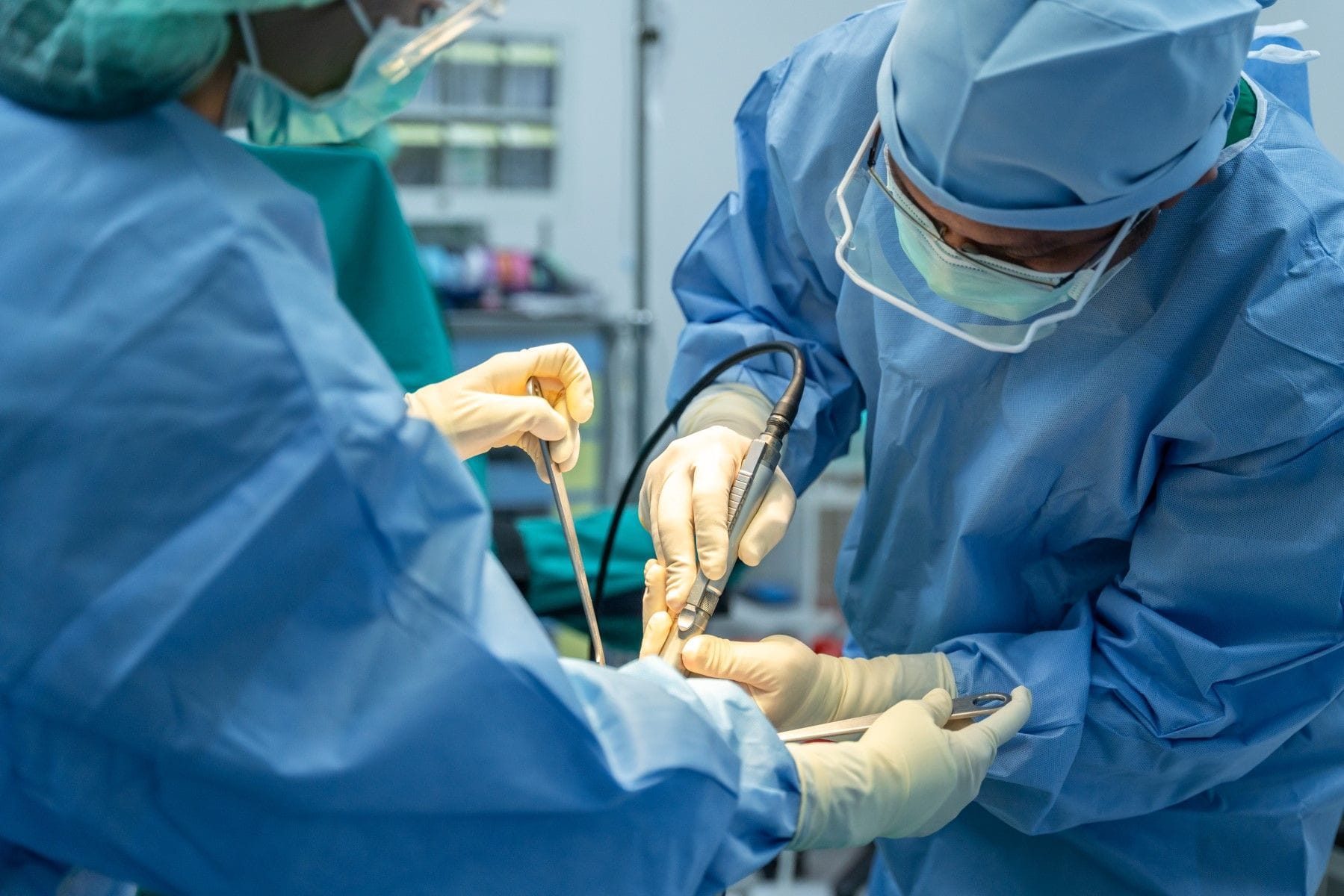Proving Causation in Orthopedic Injury Cases with Expert Testimony
Orthopedic injury cases hinge on expert testimony to link complex medical evidence to legal causation, where lay judgment alone often falls short.
Updated on
In orthopedic injury litigation, causation is often the most heavily contested—and legally consequential—element of the claim. Plaintiffs must show that the defendant’s conduct was not only negligent but directly responsible for the injury sustained. Yet orthopedic injuries frequently involve a complex interplay of trauma, degenerative disease, and prior medical history. In this context, establishing medical causation without expert analysis is virtually impossible.
Orthopedic expert witnesses serve a critical function in bridging the evidentiary gap between injury and liability. Their testimony offers the scientific foundation required to link clinical findings to legal conclusions.
The Legal Standard for Medical Causation
In both tort and malpractice cases, plaintiffs must satisfy two levels of causation: general causation, which asks whether a type of conduct is capable of causing a type of injury, and specific causation, which examines whether it did so in this instance.
Courts generally require expert medical testimony to establish specific causation where injuries involve specialized medical knowledge. This is particularly true in orthopedic cases, where conditions such as disc herniation, joint degeneration, or chronic pain syndromes may stem from multiple contributing factors.
Without expert interpretation, jurors are left to speculate—an outcome courts aim to prevent.
Orthopedic Complexity: Why Lay Testimony Falls Short
Orthopedic injuries rarely present as discrete, easily attributable events. A motor vehicle collision, for example, may cause acute cervical strain—or may simply exacerbate an underlying degenerative disc condition that had been asymptomatic. Similarly, a plaintiff’s knee pain following a fall may reflect a new meniscal tear, an old injury, or a natural progression of osteoarthritis.
These diagnostic ambiguities make orthopedic injuries particularly vulnerable to causation challenges. Medical records alone are often insufficient, particularly when:
- Imaging shows preexisting degeneration
- The plaintiff delayed seeking treatment
- Prior injuries involved the same anatomical region
- Subjective complaints (e.g., pain, limited range of motion) exceed objective findings
Only a qualified orthopedic expert can analyze these clinical nuances and provide a reasoned, evidence-based opinion linking trauma to injury.
Establishing Temporal and Pathophysiological Connections
Orthopedic expert witnesses assess causation through a combination of timeline reconstruction and anatomical plausibility. Key areas of analysis typically include:
- Symptom onset and progression: Was there a sudden onset of symptoms consistent with trauma, or gradual deterioration over time?
- Radiographic findings: Do imaging studies show acute changes (e.g., fractures, edema, soft tissue swelling), or chronic degenerative patterns?
- Mechanism of injury: Does the alleged trauma plausibly produce the claimed injury given the force and direction of impact?
- Treatment response: Has the plaintiff responded in a manner consistent with a new injury, or do records suggest chronic pain behavior?
By systematically correlating clinical findings with the plaintiff’s history and the mechanism of trauma, experts can form opinions that meet the legal threshold of “more likely than not”—the standard in most civil cases.
Responding to Defense Arguments on Preexisting Conditions
Defense attorneys often argue that orthopedic complaints stem from preexisting conditions rather than the alleged incident. This is particularly common in cases involving spinal injuries, rotator cuff tears, or chronic joint pain. Expert rebuttal is essential.
Orthopedic witnesses may testify that:
- The plaintiff’s prior condition was asymptomatic and functionally stable
- Imaging or intraoperative findings demonstrate acute changes not present before the event
- Post-incident disability or treatment requirements far exceed baseline function
In some cases, experts may distinguish between causation of injury and causation of aggravation, explaining how a trauma accelerated or worsened an otherwise stable condition.
Strengthening Expert Testimony Through Medical Documentation
To enhance credibility and admissibility, expert opinions must be firmly rooted in the medical record. Orthopedic experts will typically rely on:
- Emergency department reports
- Diagnostic imaging (X-rays, MRIs, CT scans)
- Operative notes and surgical findings
- Physical therapy evaluations
- Prior treatment records, if available
Well-documented timelines, imaging studies with clear comparisons, and early medical complaints consistent with injury all support a compelling causation narrative. Conversely, gaps in treatment or vague symptom descriptions may weaken the expert’s conclusions.
Cross-Examination and Admissibility Challenges
Under Daubert and other evidentiary standards, orthopedic expert testimony must be based on reliable methodology, not subjective belief. Attorneys should ensure that their experts:
- Cite peer-reviewed literature or clinical guidelines
- Employ differential diagnosis where appropriate
- Avoid conclusory language unsupported by facts
- Remain within their clinical and forensic expertise
Pretrial preparation should also include mock cross-examination to anticipate defense challenges and reinforce the expert’s medical reasoning under pressure.
The Value of Specialized Expertise
Given the technical nature of orthopedic injuries, the choice of expert can materially influence the outcome. Board-certified orthopedic surgeons or subspecialists—such as spine surgeons or joint replacement experts—bring authoritative weight to causation arguments. Their ability to explain clinical concepts in clear, confident terms makes them persuasive witnesses before judges and juries alike.
Identifying the right expert often requires a careful match between the specific injury, the litigation posture, and the expert’s credentials. Access to a broad, pre-vetted network of orthopedic professionals can streamline this process and ensure that expert opinions are both credible and courtroom-ready.


